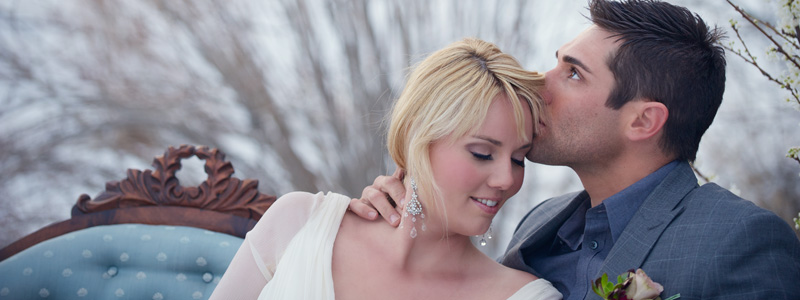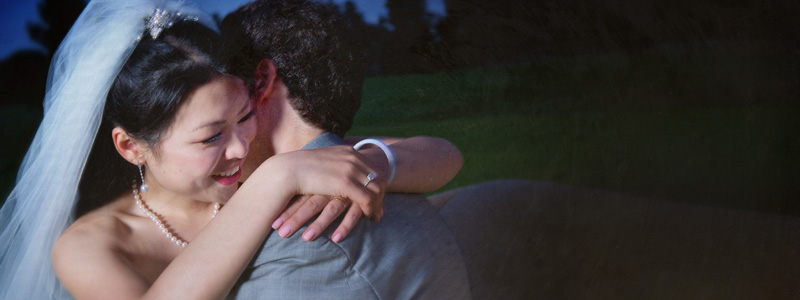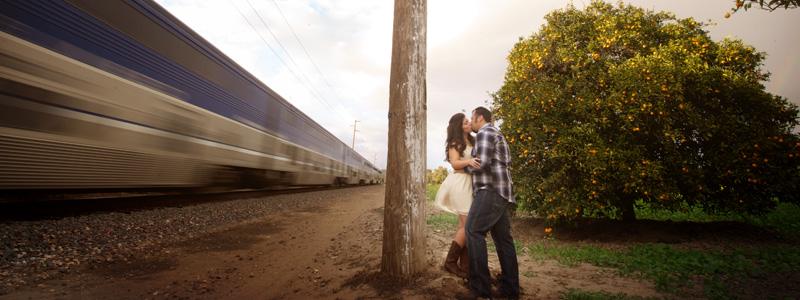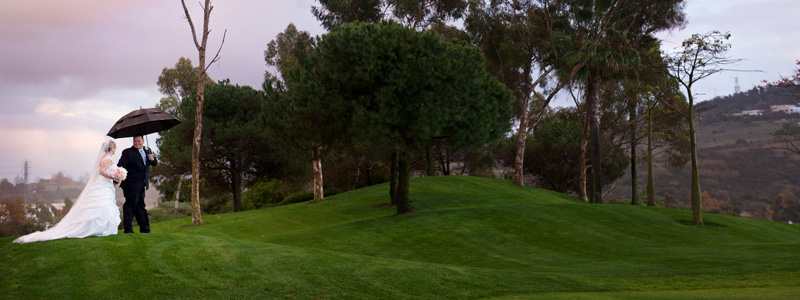Jessica started Wedding Tip Thursdays, so I’m starting Photography Tip Tuesdays. but I’m starting one day early, on Monday…haha!
Having your subject in focus doesn’t mean that your shot will be tack sharp. It’s a bummer when you take an awesome photograph, zoom to actual pixel size, and realize that the subject is sightly soft, but still acceptably sharp. Still this should make you wonder, “Why does this happen?”
A friend and I recently discussed this sharpness issue and because of him I was intrigued enough to delve and figure it out for myself.
We both mentioned how we sometimes got shots we knew were IN focus and should’ve been TACK sharp. For you Nikon haters, its spectacular 51 pt AF system has nothing to do with this post =) (He was a Canon user)
To my surprise, I found out it’s partially due to Aperture; there’s an f/# range for every lens where you can acheive optimal sharpness. I’ll skip the explanation cuz it’s too impractical for wedding photography. Instead I’ll summarize on the general rules you can follow that should work for any lens. So here’s some advice on delivering the sharpest images possible.
Shoot at least one stop higher than the widest aperture your lens has. So if your widest aperture is f/2.8, then your optimal range is one full stop higher than 2.8, that is between f/4 – 5.6. You should be shooting at f/4-5.6 anyway if you’re doing portraits or group shots because you want your subject’s body safely within the DOF.
Sharpness can also be affected by the # of glass elements in your lens. Sharpness is best at f/5.6-8 with a lens that has 6-7 elements. If you have, less than 6 elements then you should be shooting at f/11 for best results. But that doesn’t mean to stop all the way down at f/22 because as you go higher you’ll encounter diffraction. This also implies that the more glass elements that you have, the more ability you have to shoot at lower f/#’s and get that sharpness you so desire! No wonder why our 70-200 2.8 is so magical; it has 21 elements!!!
Does this matter to Wedding photographers?
If you make enlargements of your prints, and offer sizes larger than 11 x 14, you should be concerned, because the sharpness of your picture will determine how good that print looks when printing, BIG. If you’re on a 12MP camera and you want to make prints the size of walls, then consider optimal f/stop into your shooting style, and of course, only when the situation permits you to.
Of course nowadays, all you have to do is do a little digital sharpening and voila! Instant awesomeness. After all, a great photo isn’t about how technically perfect the shot was. It’s also ridiculous to be remembering what is the optimal f/stop while at a wedding with a thousand other things running through your head. But such knowledge differentiates between a master and the apprentice, and the next time I am shooting a wide angle photograph of a bride and groom in their essence, a photograph that potentially could end up on their wall, I’m thinking twice. 🙂
Now if you are a geek like me that likes to turn everything, even art, into an academic exercise, then go ahead and read the online references related to obtaining that elusive sharp image.
http://www.earthboundlight.com/phototips/lens-elements-and-groups.html
http://en.wikipedia.org/wiki/Acutance
http://en.wikipedia.org/wiki/Aberration_in_optical_systems
This one’s VERY gnarly, at least read page 39: http://www.largeformatphotography.info/articles/DoFinDepth.pdf







That is a fascinating note on the # of elements in a lens and it’s correlation to sharpness! BTW, did you know that *aspherical* elements, (found in really high-end lenses like the Canon 1.2’s) while they aide in sharpness, can cause a funky “onion ring bokeh” in spectral highlights. Kind of a bummer because aspherical elements are so critical in achieving sharpness at fast apertures.
Also, while aperture can always be a culprit of softness, it is still highly likely that autofocus or shutter speed are going to cause a much greater loss of sharpness. Check out this one page where you can see what happens when you trust autofocus, compared to what a lens is ACTUALLY capable of wide open. The difference is startling!
http://www.kenrockwell.com/canon/lenses/50mm-f12.htm
So if your images look sharp but still have that slightly dreamy fuzzy look too, it may be that the shot is just 0.5% out of focus. That can make a HUGE difference when you’re shooting with an f/1.X prime…